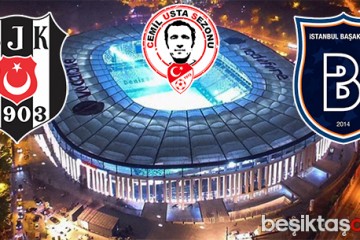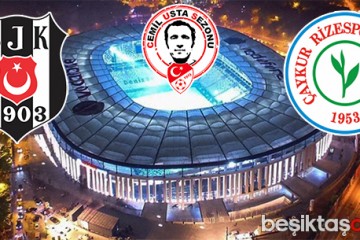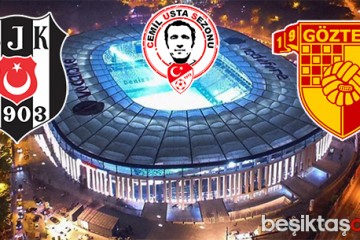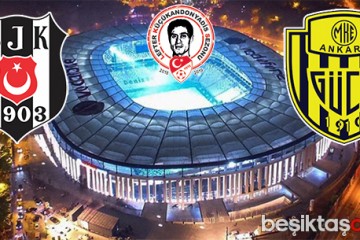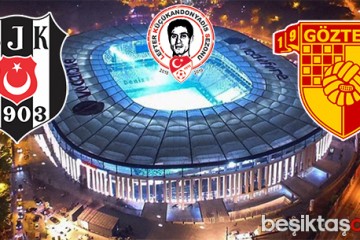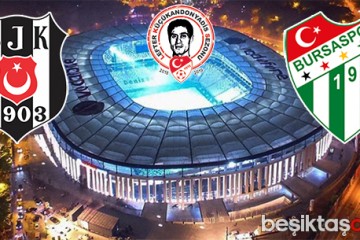How to revisit the use of pros cons to format discussion Meta Stack Overflow
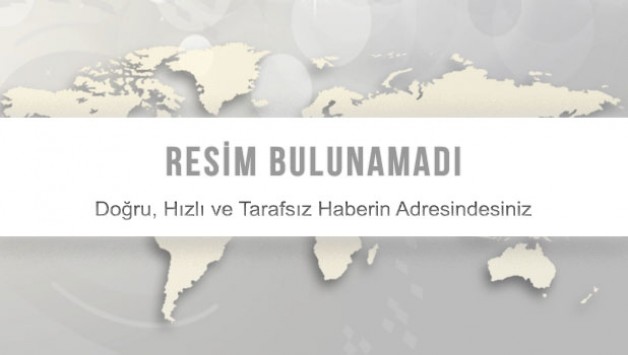
Investments that are allocated across multiple types of securities may be exposed to a variety of risks based on the asset classes, investment styles, market sectors, and size of companies preferred by the investment managers. Investors should consider how the combined risks impact their total investment portfolio and understand that different risks can lead to varying financial consequences, including loss of principal. Although some de-SPAC deals have been quite successful, the post-merger performance of companies has been mixed, with a wide dispersion of outcomes. On average, SPAC transactions underperform broader equity markets in the subsequent years. As the SPAC market has proliferated, we are not surprised that there have been announcements of exchange-traded funds (ETF)s that will invest in the SPAC market. This could be quite a risky proposition, since in general, we believe that active managers are key to generating positive excess returns in speculative companies.
The SPAC IPO is booming in popularity given its upsides for companies, investors, and sponsors, but there are risks and challenges too. Dubai-based Web3 company, Cultos Global, has recently acquired substantial investment in its latest funding round. As more and more SPACs crop up in the market, they will have to compete in who gets to acquire a particular startup. This competition would be largely based on price and would ultimately spell trouble for investors who would now have to settle for lesser returns. Hemrajani said while she sees a lot of benefits in SPACs, both for companies and investors, time will ultimately decide if investors will continue to seek out that method to take a company public.
The largest change for SPACs is their adoption by institutional investors. Raising money for a fund has become less lucrative since large family offices and pensions have started asking quantitative trading strategies for matching coinvestments from the institutions. For example, for a $1 billion fund, the institution would have to provide $500 million and only make fees on the $500 million raised.
A tale of two companies
The negotiation is further complicated by the fact that targets may be talking with more than one SPAC, at least early in the negotiation process. For targets, the entire SPAC process can take as little as three to five months, with the valuation set within the first month, whereas traditional IPOs often take nine to 12 months. Prior to identifying a target, sponsors develop a SPAC business plan, invest $1.5 million to $2 million for operating expenses to start the process, and announce a board of directors. We take a look at what a SPAC IPO is and why it’s changing the future of the initial public offering.
- Paresh is the CEO and a cofounder, along with Sebastiano Cossia Castiglioni, of Natural Order Acquisition Corporation, a SPAC created in 2020, focused on the plant-based-food economy.
- Rather than researching a company’s financials, as you should when investing in an individual stock, you’ll need to instead research who is behind the SPAC and what industry they may be targeting for an acquisition.
- Many others have delivered returns of several hundred percent to investors.
- For example, Virgin Galactic Holdings (SPCE) — a particularly high-profile offering — has appreciated 146% in the year since it went public via a SPAC in October 2019.
Once you’ve opened your brokerage account and have decided which SPAC to invest in, the process for purchasing shares of a SPAC is fairly straightforward. Log into your account and search for the company either by its name or by its ticker symbol. Submit a buy order, indicating the number of shares you want to purchase.
The mechanics of a SPAC
Persons outside the United States may find more information about products and services available within their jurisdictions by going to Russell Investments’ Worldwide site. Forecasting represents predictions of market prices and/or volume patterns utilizing varying analytical data. It is not representative of a projection of the stock market, or of any specific investment. These views are subject to change at any time based upon market or other conditions and are current as of the date at the top of the page.
Space exploration gives us the chance to begin colonizing other locations, giving us hope that our species can survive. Not only is space a vacuum environment that does not support human life without protection, but we do not know what may be lying in wait for us out there. The conflicts we have here at home could be minuscule compared to the conflicts that may be waiting for us in the stars. Ever since we stepped into the space age back in the 1950s, we’ve been busily sending rockets and satellites up, up and away, painting our mark way beyond our planetary borders. But here’s the thing—our ventures have left the cosmos littered with about 2,000 operational satellites and another 3,000 that are just space junk now.
How does the compensation work in a SPAC post-transaction?
SPACs often trade at just $10 per share, making them accessible for most investors. The upfront cost will increase with the number of shares you buy, but you can get started for less money than you’d typically need for a traditional IPO. SPAC sponsors get a preset amount of equity when they set up the SPAC, usually a targeted amount of about 20%. While deals can differ, usually that’s the major form of compensation for the SPAC sponsor, which helps align the incentives of the investor with the sponsor. Interests in a SPAC are offered as units at a price of $10, which consist of a share plus a fraction of an out-of-the-money warrant. For example, a typical structure would be for the exercise price to be $11.50 with a mandatory conversion price materially higher than that.
What SPACs looked for in a target
Interest in SPACs — special purpose acquisition companies, or blank check companies that go public in order to acquire private firms — has skyrocketed in 2020. If one pays attention to the daily headlines offered on financial portals (TV, internet, print), special purpose acquisition companies (SPACs) seem to be the preferred how to buy omg coin method of going public. We get calls daily from companies seeking to go public using a SPAC. Such issuers can’t help but respond to the consistent 9- and 10-figure deals being announced weekly. Much of the attraction to SPAC might be that people have a more “anything goes” approach to completing the deal on their own terms.
A SPAC, or special purpose acquisition company, is a publicly-traded company that has no specific business purpose, serving as a sort of shell company. Because SPACs are public, the process of investing in one is largely the same as investing in any other public company by buying stock. The SPAC sponsor then spends the next several months identifying potential targets. Once a suitable target is found and audited, investors decide if they want to keep their money in the SPAC to purchase the company. If so, the deal is finalized, and the target company is now owned by the SPAC, which is trading on a public stock exchange.
Moving forward, companies need to evaluate what options will benefit their companies the most. It’s not a black-and-white decision but a combination of information that should be fully evaluated before moving forward. Companies need to evaluate their goals, the current market and timing before committing to a deal. As it stands, 2020 just happened to be the right time and place for companies. Gaming companies have at times been hard sells to public investors, usually due to the hit-or-miss nature of creating games.
Last year, there were a record-breaking 248 SPAC IPOs, more than the previous 12 years combined (Figure 2). Some of the main features of a SPAC are explained below but it should be fairly best chart patterns obvious that an IPO of a SPAC does not automatically lead to an increase in the number of public companies. It leads to the possibility of this happening, but only if a deal is done.
SPACs vs. IPOs: The risks
But as with stock picking in general, it’s hard, if not impossible, to root out the winners from the losers. SPACs are required to complete their initial business combination within three years, although the duration often is shorter. However, if the SPAC doesn’t complete an initial business offering within three years, the company is liquidated, and each shareholder will receive their pro-rata share of the business.
Once the SPAC goes public, its stock becomes tradable, as with any other publicly listed corporation. Sponsors pay the underwriters 2% of the raised amount as IPO fees. Generally within 52 days, the units of the SPAC are split into warrants and common shares, which trade independently.
Benzer Haberler
















